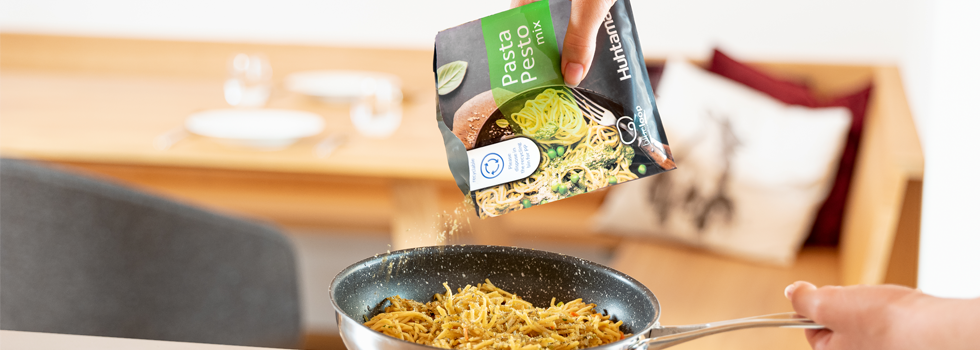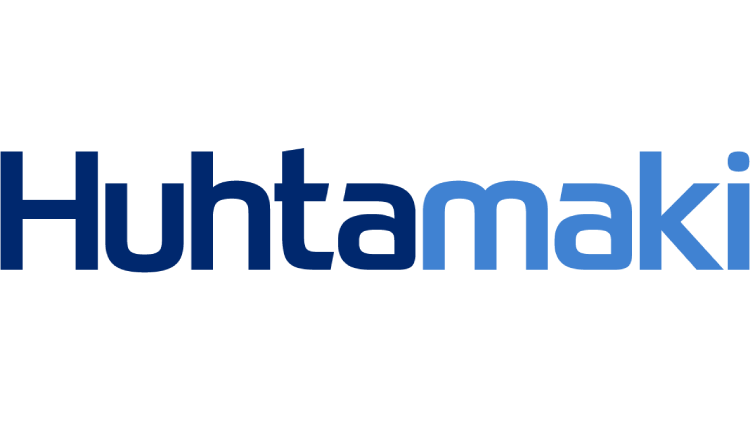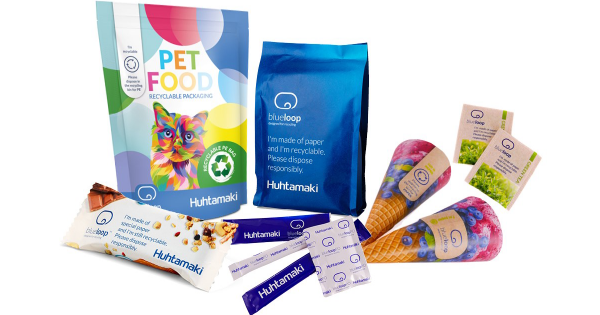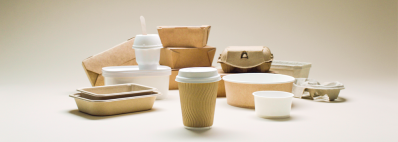Promotional Features
Mono-material solutions: redefining what’s possible
Today, the food and beverage, personal care and pharmaceutical industries use flexible packaging to protect countless life-enhancing and life-saving products.
This is because flexible packaging provides functional benefits. It is lightweight, yet durable, making it ideal for protecting and preserving food during transportation and storage, thus reducing food waste and increasing affordability and accessibility.
With the world’s population on-track to hit 8.5 billion by 2030, flexible packaging will play a critical role in helping to deliver safe and affordable products to consumers, maintaining and improving accessibility, no matter where they are.1
Yet, while flexible packaging has many advantages, there remains a need for everyone in the value chain to work together to address and mitigate its environmental impact.
The biggest challenge concerns the technical intricacies involved in the recycling of multi-layered flexible packaging, which remains a complex and resource-intensive process that many existing recycling systems cannot accommodate effectively. As such, recycling flexible packaging at scale has not previously been economically feasible.
Through the dual application of science and technology, Huhtamaki is now tackling these challenges by replacing conventional flexible packaging with three powerful solutions in mono-material flexible packaging. Launched under blueloop™ this innovation is Huhtamaki’s enterprise-wide range of sustainable packaging products, bringing sustainable packaging to everyone, everywhere.
Recyclable flexible packaging with ultra-high barrier performance
New packaging structures, designed by Huhtamaki, for recycling and for reduced material use will be available in Paper, PE (polyethylene) and PP (polypropylene) Retort, suitable for a wide range of demanding applications in food and beverage, pharmaceuticals, home and personal care, and industrial needs.
blueloop™ Flexibles Paper is a fully recyclable, mono-material paper solution for flexible packaging. It provides an industry-leading 90% paper content, combined with an ultra-high barrier performance comparable to aluminium-based solutions. It can be used for various applications, including dry food and beverages, confectionery, culinary items and snacks.
blueloop™ Flexibles PE is an all-new solution range made up with up to 95% mono-material content, designed for recycling. OmniLock™ PE, which is part of the blueloop™ brand, offers ultra-high barrier performance that is also on-par with aluminium-based solutions. The PE range is suitable for most flexible packaging solutions.
blueloop™ Flexibles PP Retort is designed for the most demanding applications where sterilization for food, pet care, and healthcare products is required. It contains more than 90% mono-material content and is designed to provide ultra-high barrier performance, comparable to that of multi-layer solutions. In the case of pet food, the materials used have been shown to result in positive palatability assessments, meaning that our furry friends approve.
The power of three
Huhtamaki blueloop™ Flexibles Paper, PE and PP Retort solutions combine the market’s highest percentage of mono-material with the unique combination of -
1. best-in-class protection
2. full recyclability
3. affordability, globally
With this power of three, sustainable flexible packaging ensures safety and access to everyday necessities for millions of people worldwide.
The solutions are fit for large-scale global production while being recyclable. This supports food and beverage customers to meet their sustainability commitments while staying ahead of their compliance obligations. These solutions help pave the way for sustainable, circular packaging, ensuring that products positively impact the environment, highlighting that the path to true circularity lies in innovation.
Innovation and collaboration are key
Reducing waste and raising recycling rates are essential sustainability goals that have gained universal recognition in recent years. True enough, most notable consumer-goods companies have set ambitious targets to achieve 100% recyclable packaging by 2025. However, to accomplish these goals, no company or industry can go it alone. Systemic change is needed, as well as policies that incentivize all of us to do our part, not just the packaging industry.
As policymakers work towards facilitating Europe’s shift towards a resource-efficient circular economy to address the many challenges of environmental degradation, there is a clear need for collaboration and solutions that do not limit packaging innovation, nor sacrifice consumers’ need for packaging that protects the safety, quality and affordability of everyday essentials.
Looking ahead to 2030, Huhtamaki is already well placed to transform flexible packaging’s value chain, achieving true circularity, carbon efficiency and bringing a net positive impact to the global food chain. The ongoing discussion about the right design criteria for sustainability and recyclability in flexible packaging is of paramount importance, as is an elevated and sustained ambition level across the industry. Huhtamaki believes that this is the only way to ensure it aligns with efforts to expand the current recycling infrastructure and boost consumers’ trust in the system.
For more information see Huhtamaki Flexible Solutions - Redefining the Possible.
References
1. Report on Global Population Growth and Sustainable Development United Nations (2021).






